About Me
I am a researcher and an artist interested in hidden, neglected, and marginal stories from the history of visual technologies. Currently, my research interests revolve around the concepts of primitive media and poor images, focusing on alternative forms of creative expression. I enjoy looking at infra-ordinary aspects of life that lie beneath the threshold of everyday attention through the lens of visual media. My ongoing PhD investigation at the University of Galway’s Centre for Creative Technologies focuses on the cultural and artistic implications of accidents and failures in AI practice. I experiment both in analogue and digital forms of image-making, seeking ways for hybrid modes of expression. I live in Galway, Ireland and roam the streets of the city.
Publications

Camera Archaeologia: A Media Archaeological Investigation into the Contemporary Use of Nineteenth-Century Photographic Processes
As digital technologies determine the practice and experience of everyday life today, the earliest photochemical processes resurface to provide stimulating and provocative modes for visual production. Around the world, a small but attention-worthy number of photographers attempt to rediscover what nineteenth-century photographic processes can offer without turning their backs on digital. From a media archaeological perspective, this article investigates how such a phenomenon challenges linear technological progress narratives by disrupting binary divides between old/new, outdated/contemporary, and analogue/digital. Through interviews with seven photographers based in Turkey who use nineteenth-century photochemical processes, I argue that the contemporary use of the earliest photographic techniques functions as compensation methods for limitations imposed by dominant photographic technologies and culture. By combining alternative forms of photographic expression from the past that are often considered obsolete with digital methods, this article explores ‘chemical bending’ tactics — technical and temporal hybrids formed to enhance creative freedom and expand the contemporary roles attributed to photography. Contemporary photographers, deeply embedded in digital culture yet drawn to the earliest photochemical techniques, create novel meanings and roles for photographic processes. Ephemeral images become metaphors for life’s impermanence; unexpected outcomes express the collaborative creation process with the medium itself; while the material qualities of these practices help restore diminished human sensory experiences in the digital age.
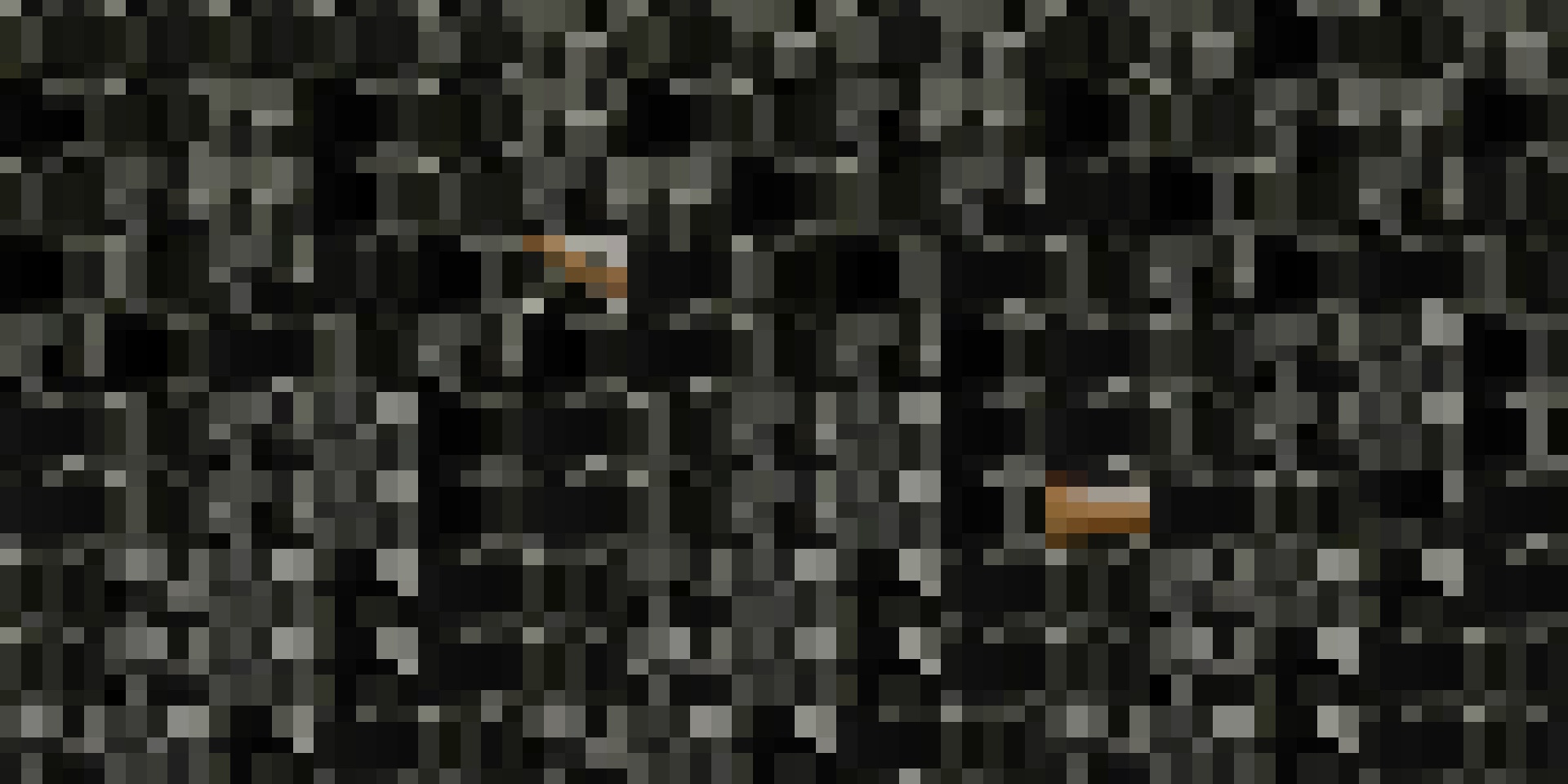
Our Collective Noise (OCN): A Tactical Response to Computer Vision, Surveillance, and Noise
Our Collective Noise (OCN) is a research-based tactical media project. As an attempt to transform the top-down pervasive qualities of machine learning (ML), computer vision (CV), and surveillance technologies into a bottom-up tactical tool, it plays around the concepts of noise, de-identification, accidental aesthetics, and human-machine collaboration. OCN, as an offline system, uses live webcam feed, ML, and CV to detect people and simultaneously turn them into coarse pixels to replace the common aim of precise identification in surveillance technologies with anonymity. Coarse pixels are constantly stitched together to create collective abstract human-machine interaction patterns that people are collectively and unidentifiably part of. In a world where thriving ML, CV, and AI (artificial intelligence) technologies increasingly rely on cleaner datasets, higher processing capacities, precise labels and categories, OCN turns the technology against itself, in pursuit of revealing the latent potential in noise, anonymity, and collective action.
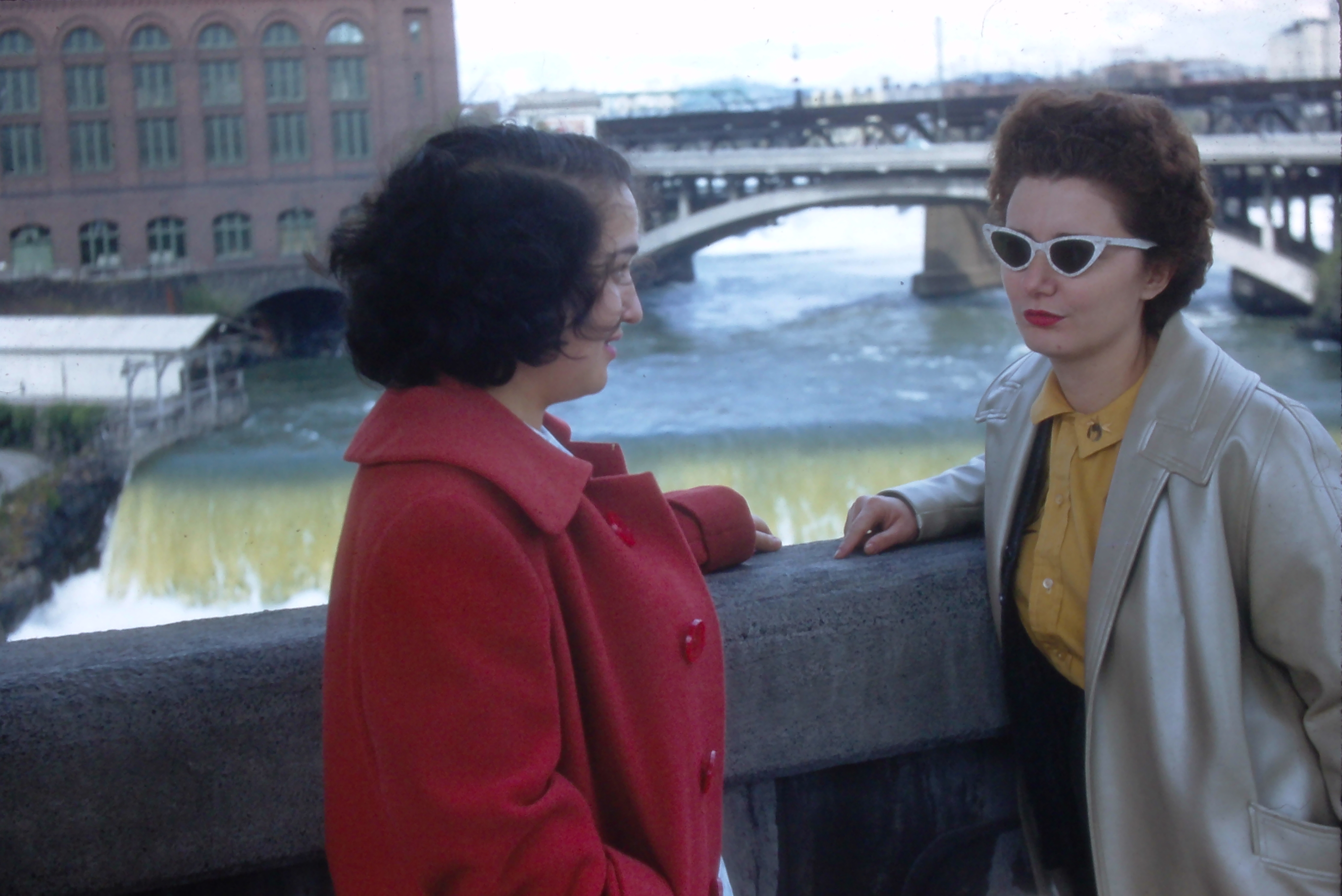
Infra-ordinary Images: Machine Vision's Ways of Permeating Everyday Life
French cultural critic Georges Perec suggests that people should shift their attention away from the spectacular and extraordinary to the everyday, habitual aspects of life, as these hold the true essence of our experiences. Perec uses the term 'infra-ordinary' to describe these unnoticed, routine elements of life that, despite being constructed, feel second nature to us. Over time, what was once new and exciting tends to become part of the background of daily life, taking on an infra-ordinary role. For instance, photography, which was an unprecedented visual medium in the 19th century, grew so common that its mediated nature became less noticeable, leading to the replacement of reality with images, even to the point of total simulation. Similar in certain aspects, today, machine vision through commercial text-to-image generative artificial intelligence (AI) platforms is becoming a regular part of our visual culture. These platforms, primarily designed for mass consumer use, often create a misleading perception of a direct relationship between user intentions and AI-generated outputs, decreasing the visibility of algorithmic mediation. This paper explores how machine vision, through visual generative AI, takes on an infra-ordinary role and what we can do to remain attentive to its transformative impact over our experiences.
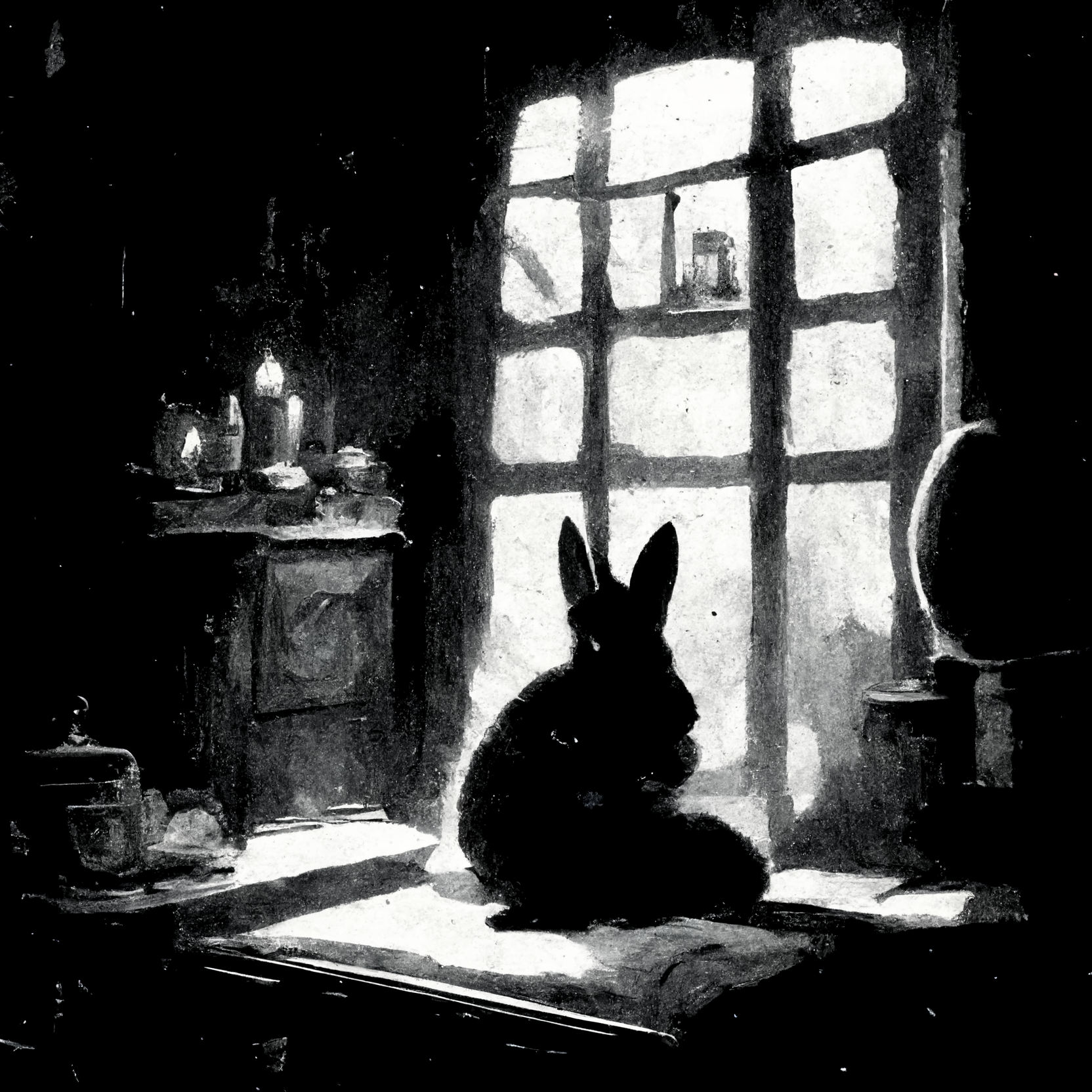
Eye-pparatus: Re-imagining the Human Eye in the Nineteenth Century
"In a Foucauldian sense, like any other institution, with the presupposition of the human eye as a recording apparatus lying in wait, the medium of human vision became a site for imagining regulatory and disciplinary institutions. The emergence of automated cameras and video devices has been foreshadowed by imaginary practical properties of the eye-pparatus. The functional embodiment of the previously imagined aspects resulted in a more precise and comprehensive form of visual surveillance in the century to come. Yet, this is not to say that optography's ultimate aim was to arrive at contemporary surveillance technologies. An intricate network of technologies and discourses lies beneath the idea of surveillance, of which the optographic desire could only be read and interpreted as a contributing part."
Projects
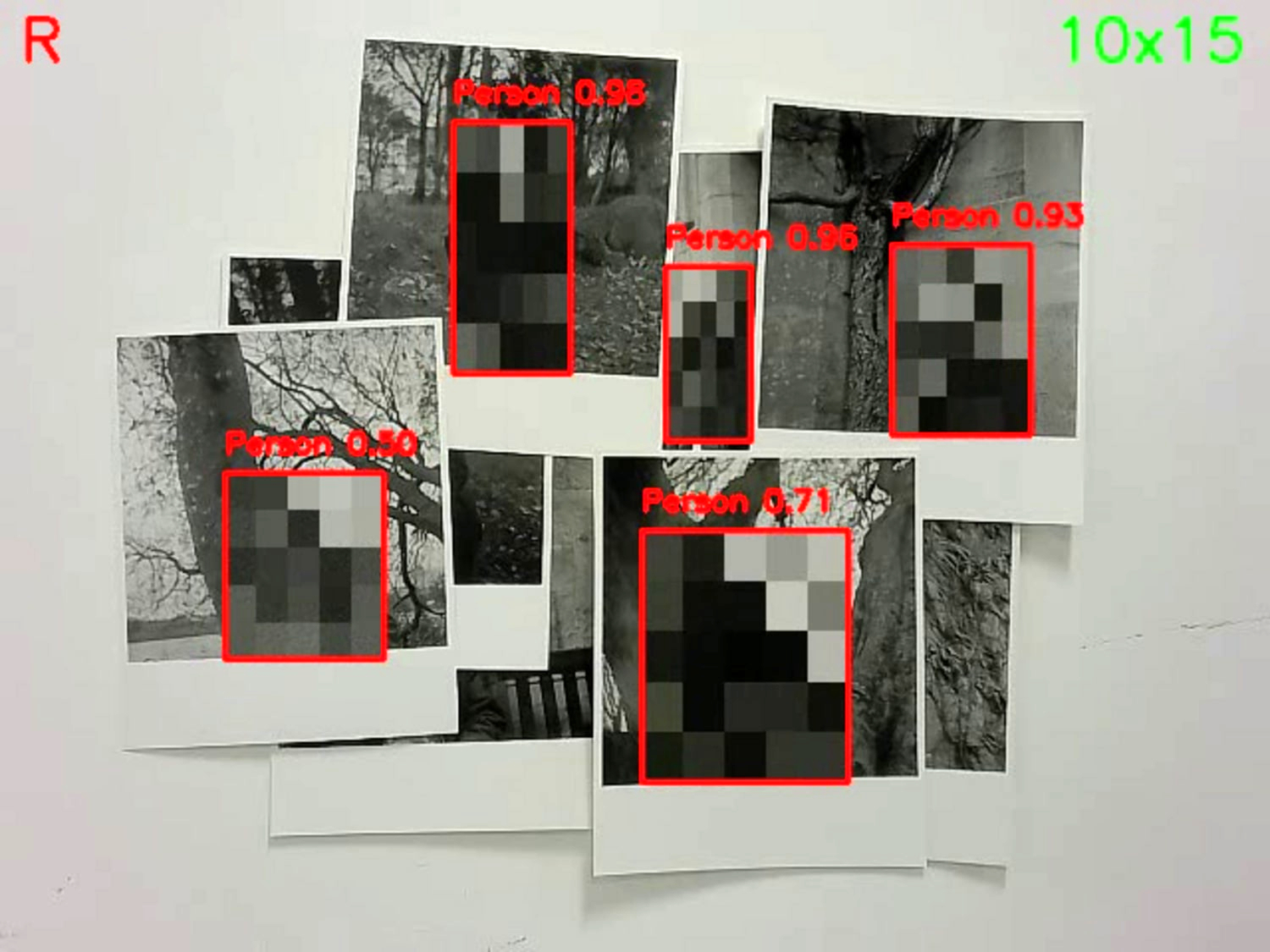
Our Collective Noise (OCN)
Computer Vision, Counter-Surveillance / 2025
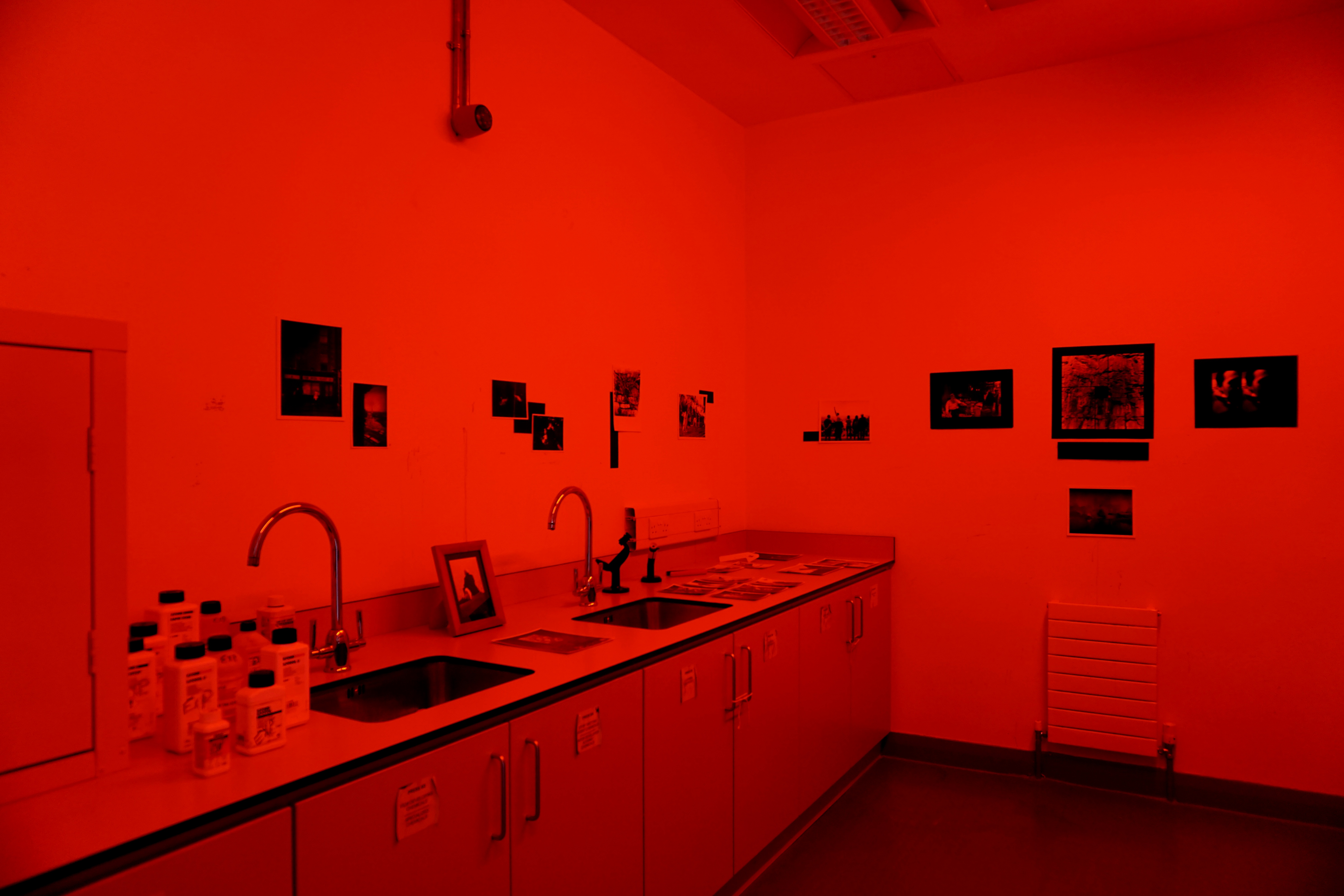
test_prints
Gelatin Silver Prints, Darkroom Pop-up Exhibition / January 2025
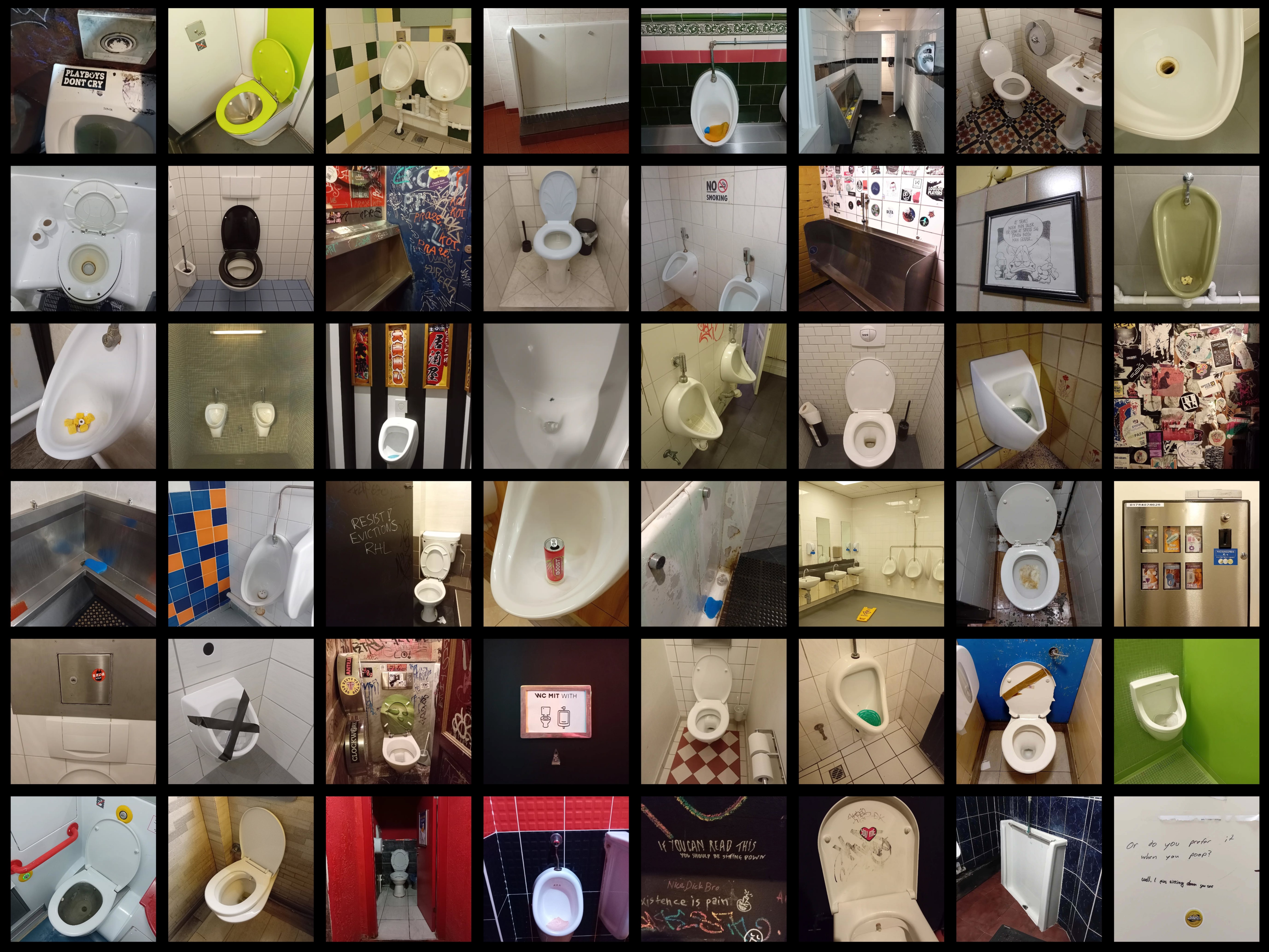
nonplacesof.piss
Photography / 2022-ongoing
Calder Hunting
Photography / 2023-ongoing
Contact
I'd love to hear from you! Feel free to reach out for collaborations, questions, comments or just to connect.
Email:alazokudan@gmail.com